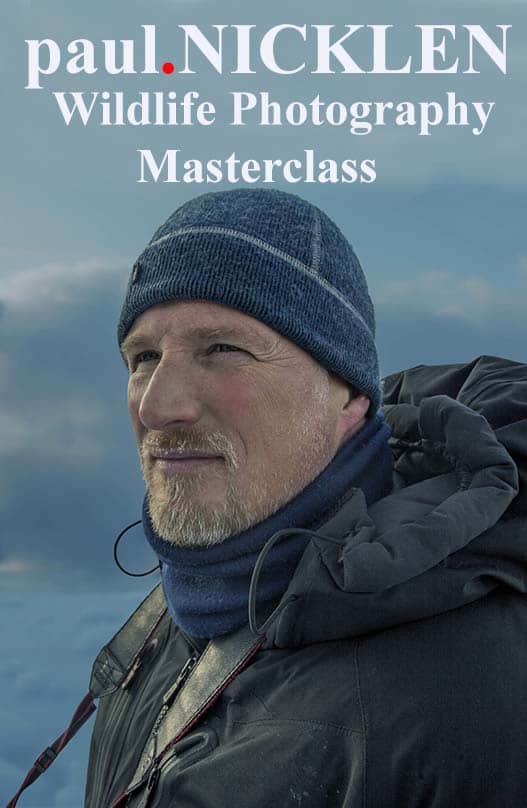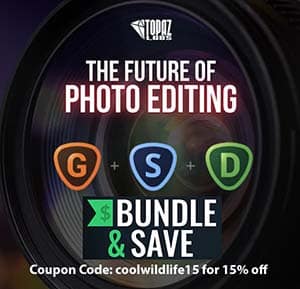If you own an iPad, iPhone or iPod Touch and you have a need to control your Nikon or Canon DSLR remotely the CamRanger may just be exactly what you’re looking for. I’ve always used a remote trigger and it works just fine for shots where I can pre-focus on a spot and sit back and wait for my subject to arrive. However if the subject did not end up where I expected I was unsuccessful at capturing the image and of course I had to run back and forth to make adjustments to exposure, f-stop, etc. which further disturbed my subject and delayed my shooting.
Introducing the CamRanger. This handy little device is very portable at 4″ x 2.5′ x .5′ and 3.5 ounces and comes in its own neoprene carrying case and a carabiner clip which takes up very little room in my camera bag.
Setting up the CamRanger
Installation was a breeze and I was up and running literally in ten minutes by following the simple steps below.
Step 1: Install the battery which is provided into the CamRanger
Step 2: Download the CamRanger App from the App store.
Step 3: Register your CamRanger using the serial number on the back of your unit.
Step 4: In the iOS settings from your iPad or iPhone go to WiFi settings make sure it is turned on and choose the CamRanger network
Step 5: Connect your camera to the CamRanger using the provided USB 2.0 cable. My D800 required a USB 3.0 cable which was not included.
Step 6: Turn your camera on and launch the CamRanger iOS app from your iPad or iPhone
I also performed a firmware upgrade which went off without a hitch so I’m now ready should I decide I absolutely have to have the new motorized head that allows you to move the position of the camera from the iPad app in addition to the other controls you have available.
CamRanger in protective pouch shown here attached to my D800 camera with 24-70mm lens.. Note: The neoprene pouch does not provide full weather proofing as the zipper will not close fully with the cable entering the pouch. You will also note that the USB 3.0 cable that connects the camera to CamRanger runs through my L-bracket which disables the ability to shoot on the vertical axis. I’ve ordered a right angle USB cable which will solve this issue.
The Field Test
So the big question I wished to answer was whether the CamRanger was just another new shiny toy or a useful tool in the wildlife photographers bag. So with that objective in mind I setup my Nikon D800 on a tripod one cold February day, threw down a little bird seed in front of the camera and headed in doors to my couch where I could stay warm and put this little device through its paces.
When you press the eye on the CamRanger interface the wireless network transmits the image to your iPad in Live View mode so you’re seeing what the camera sees which of course is way better on an iPad than the 3 inch display on the back of the camera. Focus is achieved by a tap anywhere on the screen of the iPad with a double tap to zoom in on your subject which is great for checking whether the subject’s eye is in focus both before and after taking a picture. Fine focus controls are also available should you need to further define your focus point. Best of all there is no need for the camera to also be in Live View so this saves a ton of battery life on the camera which is a very thoughtful design.
The interface is very intuitive with everything I’d want to adjust available on screen. It wasn’t long and I had a red squirrel heading down my big oak tree for the seed I had placed in front of the camera. I had set the camera to take 3 shots when I pressed the capture button but you can set that as high as 18 continuous shots if your camera can manage it. I shoot in Raw and those 36MP images take approx 27 seconds to download so you can preview them which of course is a life time. Switching to RAW + JPEG basic had those images downloading for preview in 2-3 seconds which is very acceptable.
 Below are the adjustments you have at your ready:
Below are the adjustments you have at your ready:
- Shutter Speed
- Aperture
- ISO
- Metering Mode
- Drive/Shooting Mode
- White Balance
- Image Format
- Focus Mode (Nikon only)
- Auto Exposure Mode (Nikon only)
- Exposure Compensation & Bracketing
- Software Auto-Focus toggle to toggle AF/MF
From my iPad I was able to see how each setting that I made an adjustment to changed the histogram and the image I was viewing on screen. The same was true when I flipped over to movie mode where I quickly moved to a manual exposure and shot a few minutes of two red squirrels arguing over a very tasty walnut. The focus point took about 1 second on average to register and there was a slight delay on screen between what I was seeing through my window and what I was seeing on screen so for fast moving subjects coming in and out of the frame or changing the focal plane constantly this application would not be ideal. Where I would find it incredibly useful is for slower moving subjects and certainly static subjects. Example: Setting up the camera at the edge of a marsh and waiting for a moose or other critter to come into the frame from a safe and undetectable distance.
The Distance Test: So just how far can you be from the CamRanger? From an unobstructed view I was able to get 270 feet before the wireless connection was broken, however the picture taking process does take longer at these long distances. With the CamRanger behind my cedar hedge that range was cut down to about 85 feet, which might be somewhat limiting for those shy creatures. One thing that did surprise me during my tests, my wife went to take a look out the window to see the red squirrel and got between the direct line of site from the CamRanger to my iPad and I lost my signal. I will want to perform a few more tests out in the bush to see if trees between the device and the iPad affect the signal.
As for being able to make every possible adjustment on your camera remotely the CamRanger works beautifully. Heck you can even do HDR, time lapse and focus stacking and the histogram really allows you to nail down your exposures. Battery life is stated to be 5-6 hours which should work for most wildlife photography sessions although I will likely carry a backup battery for those uncooperative subjects that want me to put in a full day. Images can be downloaded automatically during shooting or reviewed singly with the ‘Auto Save’ function switched off. I recommend reviewing images singly for wildlife photography so you can keep shooting without the added delay required for the preview to appear on screen.
Conclusion: My final verdict is that the CamRanger is a very useful tool and it has earned a place in my camera bag, not a big one mind you, but that’s a good thing as we wildlife photographers often have weight restrictions. I see it as an incredibly useful tool with subjects that are not approachable or macro photography where one can setup a camera on a tripod and use the iPad to really zoom in on the focus point to get sharp images or produce sharp video content.










Comments
colinpurrington
Bill Maynard
Comments are closed.